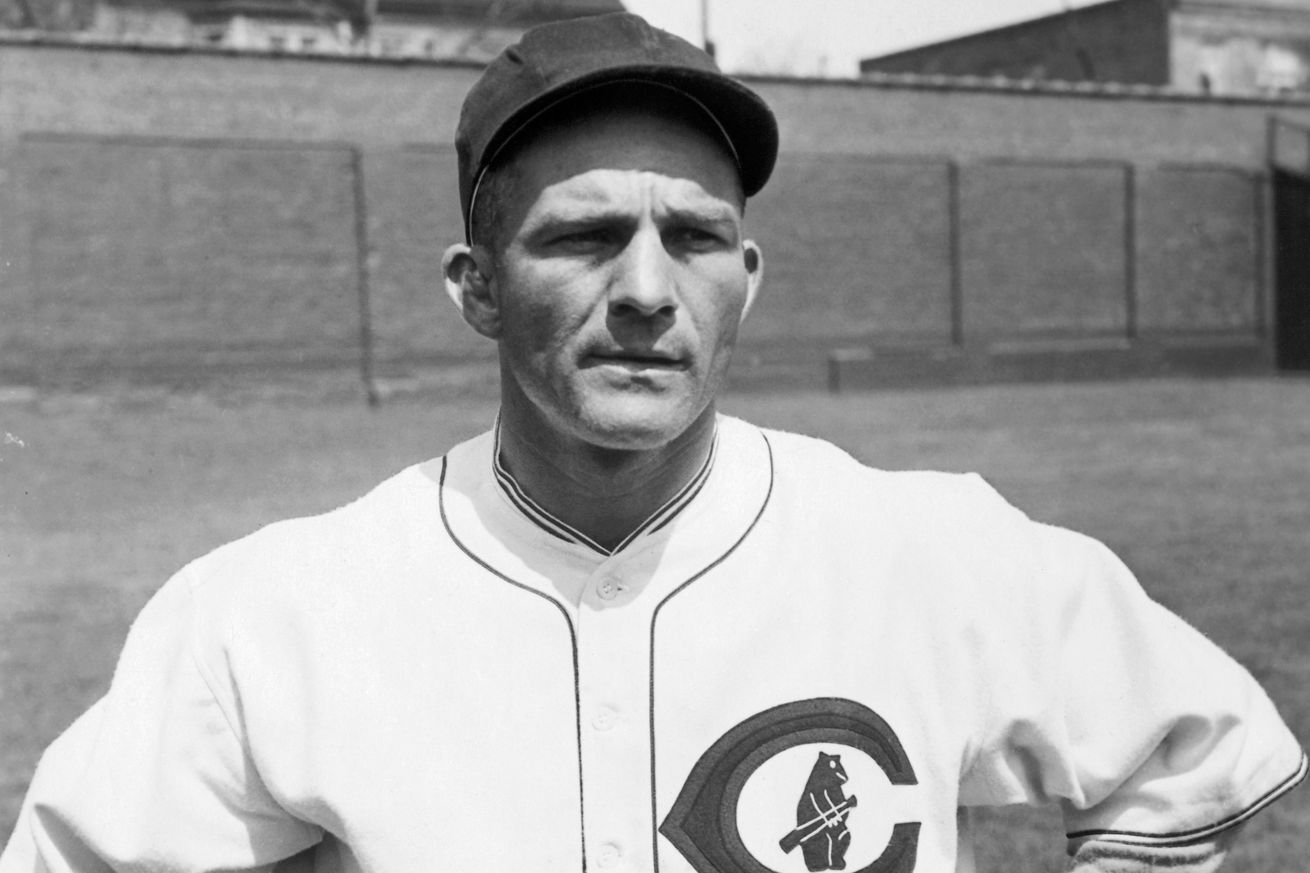
One very significant player was acquired in this calendar year.
The Cubs changed managers in 1926, hiring Joe McCarthy, who had previously managed at Louisville (American Association).
Whether it was McCarthy or his players or both, the team immediately improved over a poor 1925 showing. In contention early, an 11-17 June took them out of pennant play, but they still finished only seven games behind the pennant-winning Cardinals. That was their closest finish to the top spot since their pennant year in 1918.
And one player acquired in ‘26 would go on to become one of the best players in Cubs history.
June 7: Acquired Riggs Stephenson and Hank Schreiner from Indianapolis (American Association) for Joe Munson, Red Shannon and cash
This is yet another deal where the minor league club needed the cash, so they were willing to swap Stephenson, who had played several undistinguished seasons for Cleveland beginning in 1921, and had been sent to their Kansas City affiliate, then swapped to Indianapolis. Despite hitting .337 in 332 games and 1,171 plate appearances for Cleveland, Stephenson’s defense was considered suspect, so they were willing to part with him.
He’d played mostly right field for Cleveland, but a move to left with the Cubs energized his career, per his SABR biography:
“My arm wasn’t strong enough to play right field,” said Stephenson bluntly. “You gotta have the best arm on the team in right field. I was lucky to get to Chicago. They needed a left fielder. Maybe my (throwing) arm wasn’t even average. I was accurate but I couldn’t throw long distances.”
Stephenson played nine years for the Cubs, though only five of them could be considered “full” seasons. He was a key part of the 1929 and 1932 pennant winners, and overall batted .336/.408/.469 in 978 games and 3,965 PA for the Cubs. The .336 BA is the franchise record, tied with Bill Madlock (minimum 1,500 PA).
Schreiber was mostly what we’d now call a “throw-in,” as he played in just 10 games for the Cubs. Neither of the players given up ever played in the major leagues again.
August 28: Acquired Earl Webb from Louisville (American Association) for a PTBNL and cash considerations
Despite the Louisville connection, Webb had never played for McCarthy there. He put together two undistinguished seasons with the Cubs before being traded to Boston in a deal we covered earlier in this series.
I include this one here mainly for the PTBNL, who turned out to be Mandy Brooks, sent to Louisville November 17.
Brooks had burst on the scene with the Cubs in 1925 with a good .281/.322/.513 season in 1925 with 14 home runs in just 90 games. In his first 17 games, in fact, he was playing at All-Star level, though this was years before there even was an All-Star Game. In those 17 games, Brooks batted .389/.413/.806 with seven home runs and 25 RBI. That’s the fastest any MLB player has ever recorded 25 RBI to begin his career, as noted in this 2017 article when Rhys Hoskins came close:
By doing so in 19 games, Hoskins reached 25 RBI in the second-fewest number of games since the stat came into existence in 1920, per the Elias Sports Bureau (via ESPN.com).
The only player to accomplish the feat in fewer games is Mandy Brooks, who did so with the Chicago Cubs in 17 games during the 1925 season. Brooks had a solid first season with the Cubs at age 27 but struggled through 26 games with the team in 1926 and never returned to the majors after that.
The reason Brooks “struggled” in 1926 was the acquisition of Hack Wilson, which relegated Brooks to the bench. And so, the Cubs gladly swapped him for another hitter. Brooks played a few more years in the minors, but never in the majors again.
Nearly 100 years after he set that “fastest to 25 RBI” record, Brooks still holds it.
November 17: Acquired Harry Wilke from Mobile (Southern Association) for Hank Schreiber
As noted above, Schreiber played in only 10 games for the Cubs. That was still more than Wilke, who went 0-for-9 in three games for the Cubs in 1927.
The acquisition of Stephenson gives the 1926 Cubs transactions an A grade.
